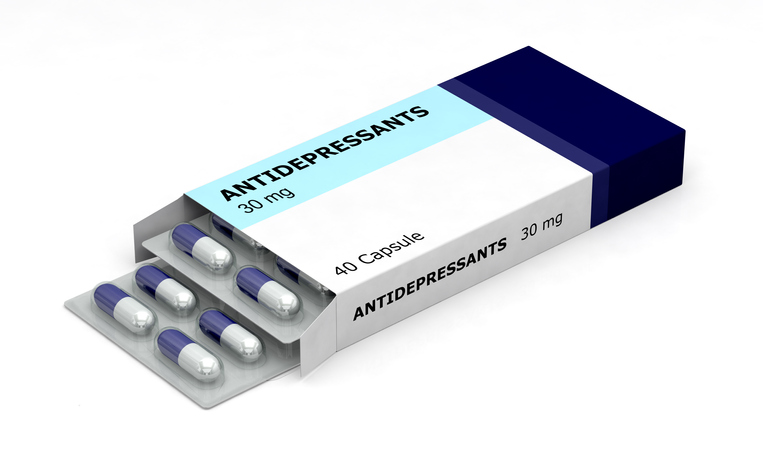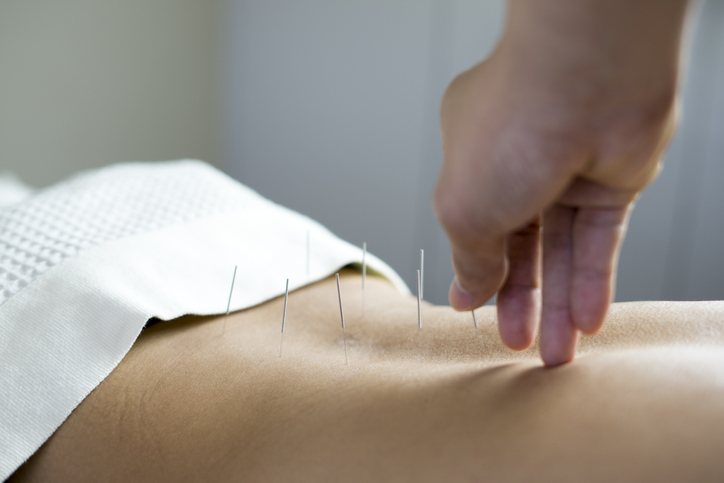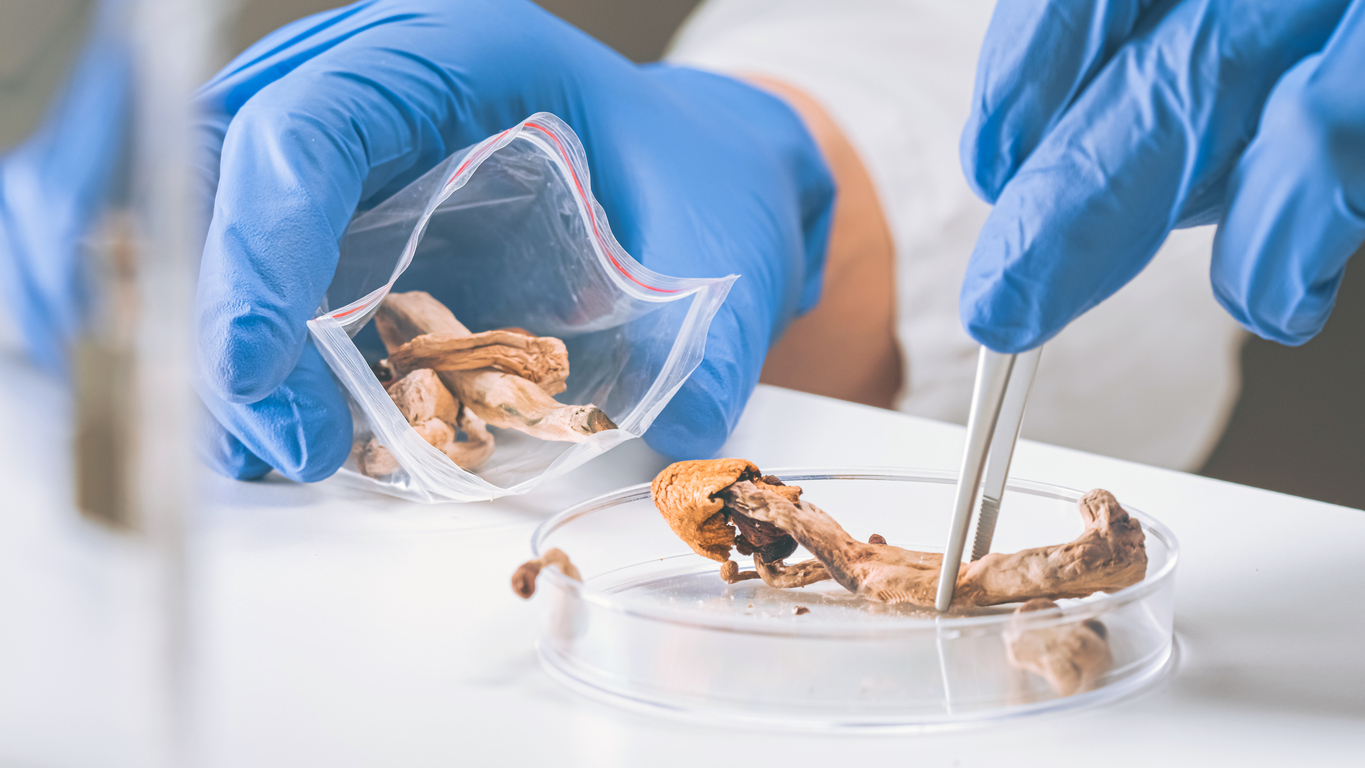Treatments
Types of Injections for Pain Management

In certain situations, injections are the best route for medications. There are various types of injections that help treat chronic pain conditions.
Platelet-rich plasma injections
Platelet-rich plasma (PRP) injections are composed of plasma and platelets. PRP is produced by spinning blood in a centrifuge until it separates. It may then be given as an injection to treat certain injuries and promote healing in the body, including certain sports injuries, hair loss, and post-surgical healing. The platelet-rich plasma component is particularly useful in healing wounds and aiding the process of clotting blood.
Nerve blocks
Nerve blocks are medical procedures that block specific nerves from sending pain impulses to the central nervous system (CNS). They are categorized in several ways: why they are done (therapeutic, diagnostic, prognostic or preemptive), how they are done (non-surgical or surgical), and where they are done on the body (neck, back, shoulder, face, etc.).
Although nerve blocks are most commonly associated with therapeutic pain relief, they can also be used for diagnostic, prognostic, and preemptive purposes. An epidural is a common form of nerve block.
Epidural injections
Epidural injections consist of delivery of medicine into the epidural space via a syringe. The epidural space is the fat-filled area covering the spinal cord. It protects the spinal cord and surrounding nerves from damage. Many people confuse an epidural anesthesia injection, widely known to relieve pain as women are giving birth, with an epidural steroid injection.
Epidural injections can help manage chronic pain and relieve pain during and after surgery. They can provide long-lasting pain relief with few side effects. Diagnostic epidurals can help with identifying underlying causes of pain.
Prolotherapy
Prolotherapy is an alternative treatment option to reduce muscle or joint pain. Prolotherapy injections, also known as regenerative injection therapy, stimulate the body’s tissue to naturally repair itself. It involves a series of injections containing a solution that is administered through a small needle into the painful tendon, ligament, joint or muscle.
The injections contain an irritant solution, typically sugar or saline. A numbing medication added to the solution helps minimize pain. As the body recognizes the irritant, new inflammation occurs. The body then sends immune cells and other chemicals to the affected area, resulting in the body beginning a natural healing response.
Cortisone shots
Injections of cortisone are typically targeted at the joints, including the ankles, elbows, knees, hips, shoulders, wrist, spine, etc. They normally contain a corticosteroid for long-lasting relief and a local anesthetic for short-term pain relief. Cortisone injections help treat inflammatory arthritis, bursitis, tendinitis, back pain, and gout.
Trigger point injections
Trigger points are painful “knots” — hard, palpable nodules — that can form in muscles. They are sore or painful when pressed. Trigger points develop when a muscle is unable to relax. A trigger point injection (TPI) involves injecting a local anesthetic or saline into the trigger point to decrease pain. The injection may also contain a corticosteroid.



















